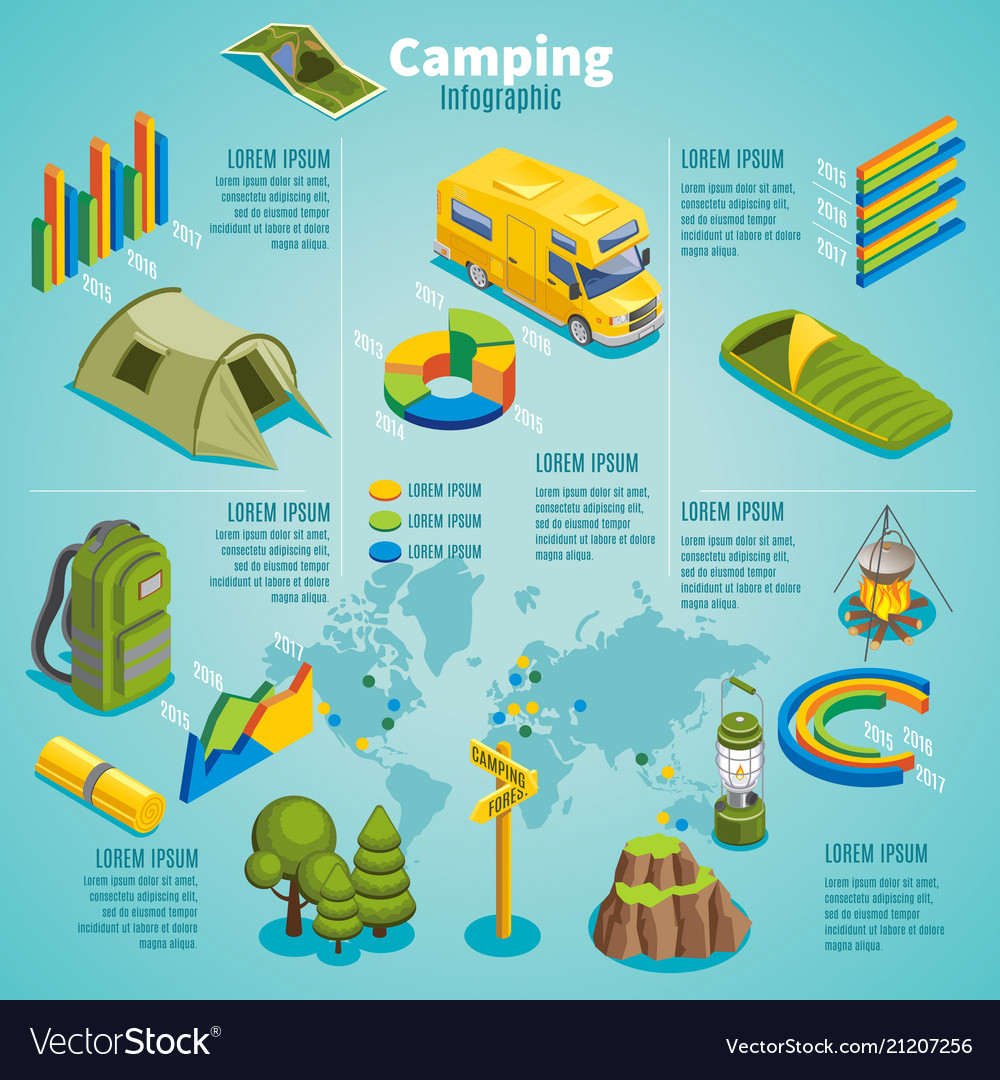Here Are Some Other No Cost Marketing Strategies For Selling Camping Tents
Here Are Some Other No Cost Marketing Strategies For Selling Camping Tents
Blog Article
Does Your Backpacking Camping Tent Need an Impact?
If you camp regularly in areas with rocks or sharp downed branches or just dislike storing a damp, sloppy tent, then a footprint is most definitely worth considering. Footprints are also fairly low-cost contrasted to a brand-new tent.
What are the two types of camping?
Many outdoor tents makers provide their own details footprints, which are cut to the specific size of the tent flooring. Nevertheless, you can make one yourself with a light-weight material like polycryo or tyvek.
Weather Conditions
Whether you need an impact truly depends on the problems you'll be camping in. If you're backpacking in a location where the ground is usually damp (it's practically inevitable), an outdoor tents footprint can be a valuable enhancement to your kit, as it will certainly prevent your outdoor tents floor from becoming soaked.
However, if the impact is too large it can serve as a dampness trap and possibly enable water to swimming pool under your camping tent. This can be avoided by making certain the footprint is reduced a little smaller sized than your tent on all sides.
Normally speaking, it's ideal to get an impact from the same maker as your tent to make sure an exact fit. They likewise tend to be made from thicker, a lot more durable materials than do it yourself choices. They can be pricey for something whose sole function is to protect the ground beneath your outdoor tents, however it can be a rewarding investment if you appreciate the long life of your gear.
Surface
Many high quality outdoors tents can work well without an impact, specifically those that have tub floorings made of long lasting materials. Nevertheless, the surface you trek on can have a considerable influence on how rapidly your outdoor tents floor wears out. Granite pieces, sandstone and various other rugged surfaces put on via the bottom of your camping tent much faster than grassy meadows or woodland floorings.
A footprint or ground cloth helps prolong the life of your outdoor tents by acting as a barrier in between the ground and the sewn-in groundsheet of your outdoor tents, says REI senior sales expert Elizabeth Nguyen. It additionally protects the camping tent from rough components like sharp twigs and jagged rocks that might pierce or tear the sewn-in flooring. When picking a footprint for your camping tent, it is very important to guarantee it's slightly smaller than the camping tent on all sides. This stops water from merging in between the outdoor tents and footprint during a rainstorm, which might leak right into your outdoor tents. The most effective option for a footprint is to buy one created for your certain outdoor tents, which will certainly guarantee a snug fit.
Tents with Lower Deniers and Water Resistant Scores
Whether you're a laid-back backpacker or a hardcore traveler, the longevity degree of your tent is an important livable tents consideration. Tents developed to be ultralight, verging on minimalist, commonly compromise some level of toughness in the textile and products made use of.
One textile specification you'll run into is denier, which describes the weight in grams of a 9,000-meter size of thread that composes the outdoor tents's cover, rainfly, and/or floor. A greater denier specification indicates more rugged fabrics, while lower numbers indicate lighter and less durable fabrics.
Other specs to take a look at include floor dimensions, vestibule size, and interior pockets. The previous mirrors the total square-footage that can be made use of for comfortable space, while the latter can play a role in storage by providing a place to stash equipment over night and in bad climate. Ventilation is additionally an essential element; as you exhale moisture during rest, it requires to get away, or condensation might build up within. Functions such as mesh windows and panels and adjustable rainfly doors help enhance air flow and avoid this from taking place.
The Cost
The cost of a camping tent can influence its performance, and it is likewise crucial to take into consideration how much you can pay for to invest. Backpackers seeking a lightweight sanctuary needs to go for a tent with a livability score of a minimum of 2 stars, and preferably, 3 or even more.
Livability refers to how roomy a camping tent really feels, with clearance and flooring measurements playing a big role. Historically, backpacking tents utilized outstanding sloped wall surfaces and minimal space to save weight, yet modern-day materials allow designers to offer more comfort while maintaining weight reduced.
Storage space is another factor to consider, with vestibules and a quick-pitching design helping in reducing configuration time. In addition, the sort of textile coating and how the tent is stored can affect durability. As an example, a PU finishing that breaks down quicker when wet, or goes through repeated cycles of storing and un-stowing, can substantially shorten the life-span of a tent. In a similar way, using a personalized footprint as opposed to stuffing an outdoor tents in a slipshod fashion will additionally prolong its life-span.
How do you dry a tent fast?
